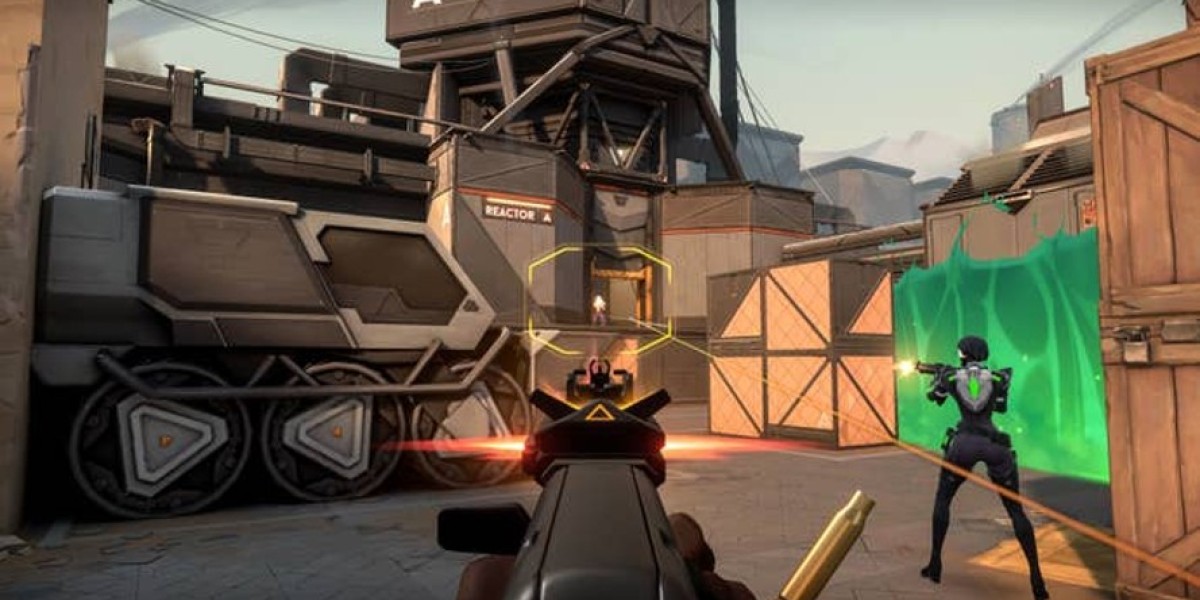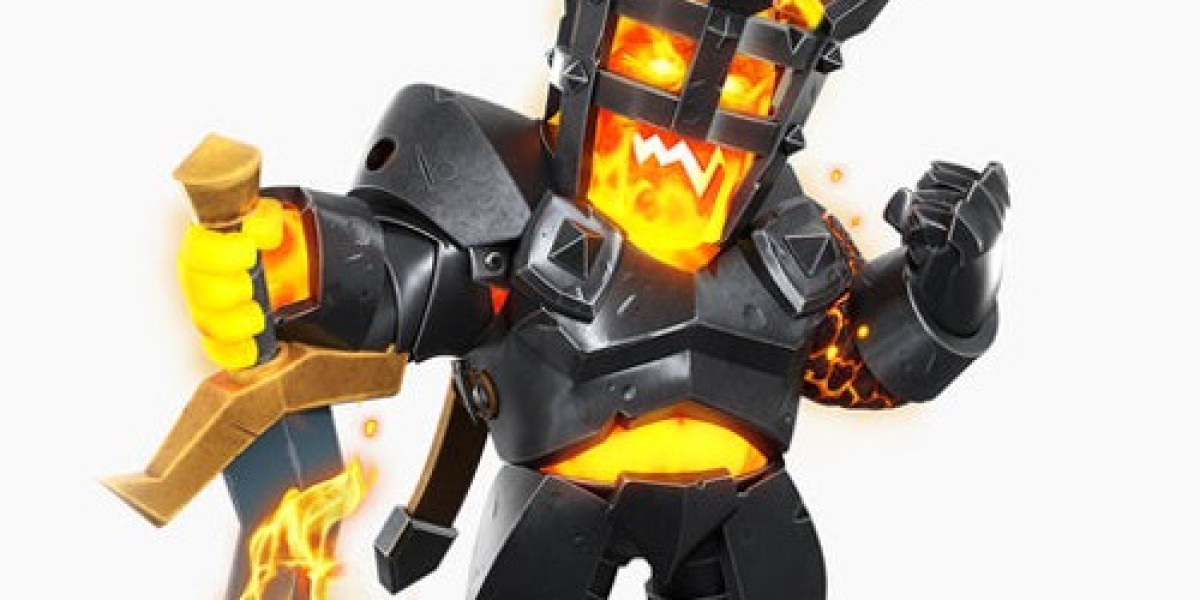Bullet Proof Vest Market Outlook
The global security landscape is evolving rapidly, and with it, the demand for personal protective equipment like bullet proof vests is gaining significant momentum. According to recent projections by Market Research Future, the Bullet Proof Vest market is expected to grow from USD 1.58 billion in 2025 to USD 2.69 billion by 2034, representing a compound annual growth rate (CAGR) of 6.10% during the forecast period. This growth is being fueled by a combination of rising threats to law enforcement and military personnel, increasing global investment in defense and homeland security, and a growing awareness of personal safety in commercial sectors.
Bullet proof vests market, also known as ballistic vests, are essential components of body armor designed to absorb the impact from firearm-fired projectiles and shrapnel from explosions. Traditionally used by military and police forces, their applications are now expanding to include private security personnel, journalists in conflict zones, and even civilians in high-risk regions. The surge in global terrorism, civil unrest, and violent crime has led to heightened demand for personal protective gear that ensures the safety of frontline workers and vulnerable individuals.
One of the key market drivers is therising focus on commercial security worldwide. In sectors such as banking, logistics, and private transportation, organizations are prioritizing employee safety, especially for staff operating in potentially volatile environments. As a result, private security firms are increasingly equipping their personnel with bullet proof vests, reflecting a broader shift toward proactive security measures across various industries.
Simultaneously, technological advancements in materials and design are enhancing the functionality and comfort of bullet proof vests. Modern vests use lightweight composite materials such as Kevlar, Dyneema, and ultra-high molecular weight polyethylene (UHMWPE), offering greater protection while reducing weight and improving wearability. These innovations have made vests more practical for daily use and long shifts, encouraging adoption even among users who previously avoided body armor due to discomfort.
Get a Quote - Request a price quote for the report or specific research services.
From a regional perspective, North America dominates the bullet proof vest market, owing to high defense spending, advanced manufacturing capabilities, and a strong presence of major market players. However, the Asia-Pacific region is expected to witness the fastest growth, driven by increased defense modernization programs in countries like India and China, growing internal security concerns, and the expansion of local manufacturing initiatives. Europe also remains a strong market due to stringent safety regulations and increased focus on counter-terrorism efforts.
While the outlook is promising, the market faces certain challenges, including high production costs and regulatory hurdles associated with ballistic certification and import/export controls. Additionally, ensuring the widespread availability of high-quality vests for underfunded departments or developing nations remains an ongoing issue. Nevertheless, continued investments in research and development, as well as partnerships between governments and manufacturers, are expected to bridge these gaps over time.
In conclusion, the bullet proof vest market is entering a phase of steady and strategic growth, driven by heightened security awareness and innovation in protective technologies. As threats continue to evolve, the role of personal body armor will remain crucial in safeguarding liveswhether on the battlefield, in law enforcement, or within the growing arena of commercial security.







